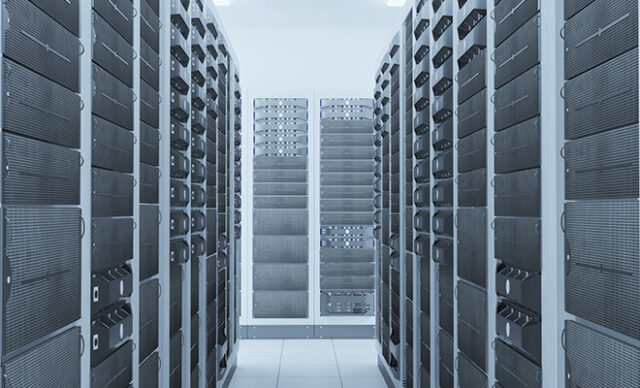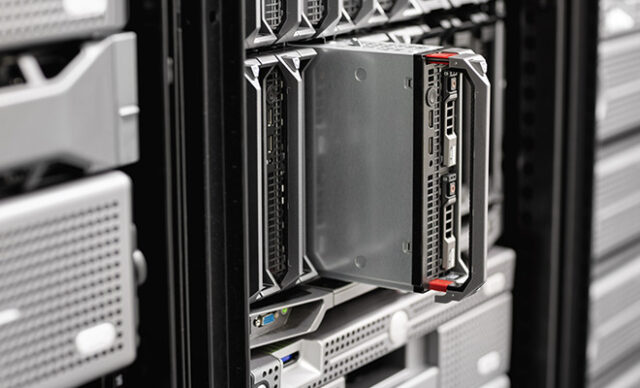
Edge computing continues to gain force as ever more companies increase their investments in the edge, even if they're only dipping their toes in with small-scale pilot deployments. Still the question remains: “Should I take the plunge and live on the edge?” The answer will astound you…

Traditional enterprises are looking at edge to better support their remote offices, retail locations, manufacturing plants, and more. At the network edge, service providers can deploy an entirely new class of services to take advantage of their proximity to customers.
Explaining The Edge
Edge Computing And Your Business
Edge Uses
The edge is necessary to address shortcomings in Cloud-based applications and services with respect to performance and regulatory requirements. In short, Cloud computing can’t always meet the required demands in terms of response time that critical applications require. Companies that face government regulations regarding where data is stored may also find Cloud computing can’t deliver the sort of local storage they need.
It’s an issue because the trend toward digitization to improve efficiency and business performance is fueling demand for applications that require peak performance, particularly Internet of Things (IoT) applications. IoT applications often require lots of bandwidth, low latency, and reliable performance while meeting regulatory and compliance mandates, making them classic candidates for the edge.
These industry terms have such similar intent that they can be used interchangeably, and the industry is leaning towards Edge as the de facto standard. Cisco coined the phrase Fog Computing, but large players in the space such as GE, HPE, and APC by Schneider Electric have adopted the term Edge Computing.
Edge complements Cloud computing in a hybrid IT environment. While Cloud computing leverages centralised data centres, edge leverages distributed micro data centres at the edge of the network where data is used closer to where it is generated.

Many businesses are seeing the impact edge computing can have. It can improve production monitoring for manufacturing, drive predictive maintenance and asset management for oil and gas, and even power autonomous vehicles. Cities looking to take advantage of technology to better serve their citizens can improve traffic control measures.
Along with the exponential growth in Cloud computing and the Internet of Things, businesses are starting to hear more and more about Edge computing. Still, the edge is an unfamiliar and untested concept for many companies.
Here are some ways businesses can make productive use of edge:
While edge deployments can take many forms, they generally fall into one of three categories:
Regardless of size, each of these edge examples is important to the business, so maximising availability is essential.
It’s critical then, that companies build edge data centres with the same attention to reliability and security as they would for a large, centralised data centre. This site is intended to provide the information you need to build secure, reliable, and manageable high-performance edge data centres that can help fuel your organisation’s digital transformation.

Edge computing brings processing and storage capabilities closer to where it is needed. Edge is designed to stay connected in any environment – even in the most remote places, so you don’t have to worry about disruptions.
With edge devices and data centres positioned close to end-users, there is less chance of a network problem in a distant location affecting your business or any one failure shutting down a whole network. In the event of an issue, data can be rerouted through multiple pathways to ensure you still have access to important information, so business carries on as normal.
By 2022, 75% of business data will be processed outside of the cloud, according to Gartner – and as a result, the global edge market will reach $13-billion. In addition, the speed at which data is generated shows no signs of slowing down – so Edge computing could become a necessity for business in the near future.
Here are a handful of tasks that are made possible thanks to the implementation of edge computing:
Oil and gas failures can be disastrous. Their assets, therefore, need to be carefully monitored.
However, oil and gas plants are often in remote locations. Edge computing enables real-time analytics with processing much closer to the asset, meaning there is less reliance on good quality connectivity to a centralised cloud.
Manufacturers want to be able to analyse and detect changes in their production lines before a failure occurs.
Edge helps by bringing the processing and storage of data closer to the equipment. This enables IoT sensors to monitor machine health with low latencies and perform analytics in real-time.
Edge can enable more effective city traffic management. Examples of this include optimising bus frequency given fluctuations in demand, managing the opening and closing of extra lanes, and, in future, managing autonomous car flows.
With edge , there is no need to transport large volumes of traffic data to the centralised cloud, thus reducing the cost of bandwidth and latency.
By caching content – e.g. music, video stream, web pages – at the edge, improvements to content delivery can be greatly improved. Latency can be reduced significantly. Content providers are looking to distribute CDNs even more widely to the edge, thus guaranteeing flexibility and customisation on the network depending on user traffic demands.

© Copyright 2024 Tarsus Distribution